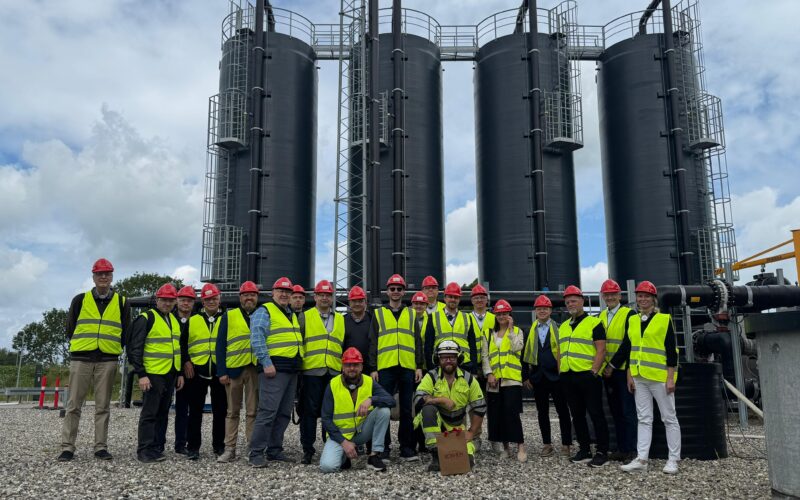Key Issues and Challenges in the Green Energy Sector. Interview for EnergoReforma
When we buy imported gas, our money works in other countries – when we buy biomass, we leave money here.
Interview with UABIO Board Chairman Georgii Geletukha on Key Issues and Challenges in the Green Energy Sector and Bioenergy: READ (in Ukrainian)
Why the money from lowering the green tariff should go to investors to build balancing and cumulative capacity?
What should be the quota for bioenergy in green auctions?
How does coronavirus affect the development of bioenergy?
Why is government support for growing energy crops a necessity?
Can biomass boilers compete with gas in centralized supply systems
What are the indicators for bioenergy by the end of the year?
We have selected several theses for you:
- Giant wildfires, record-breaking air pollution by pollutants, dust storms, soil erosion, desertification, droughts, atypically low water levels in rivers and lakes, drying up forests, everything we observe this year, misjudged only as technogenic conditions. It is the result of processes of global warming, and Planet Earth gives us another “pusher”, forcing change. We see a global solution to these problems in the transition to 100% renewable energy, of which about half will be from bioenergy.
- If you look at all the renewable energy sources: sun, wind, bioenergy, hydropower, where are the most jobs? Most of all in bioenergy. This is understandable because all boiler houses in Ukraine requires a minimum of two operators per shift. Moreover, someone has to bring the fuel, someone has to harvest it, plus the engineering component. If you count all these jobs, then it turns out very promising.
- Guided by the Energy Strategy for 2035, which goals 40% of renewable heat in 2035, – up to 100,000 jobs could be created to achieve the targets for the production of that heat. We assumed that 90% of this heat would be provided by biomass and 10% by other types of green generation. That’s the way it is all over the world.


